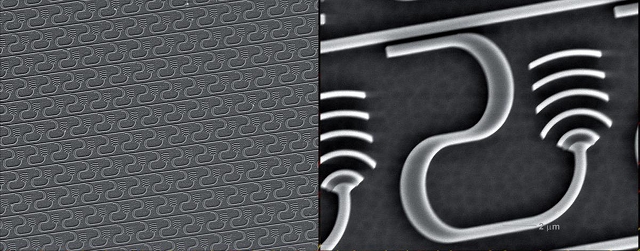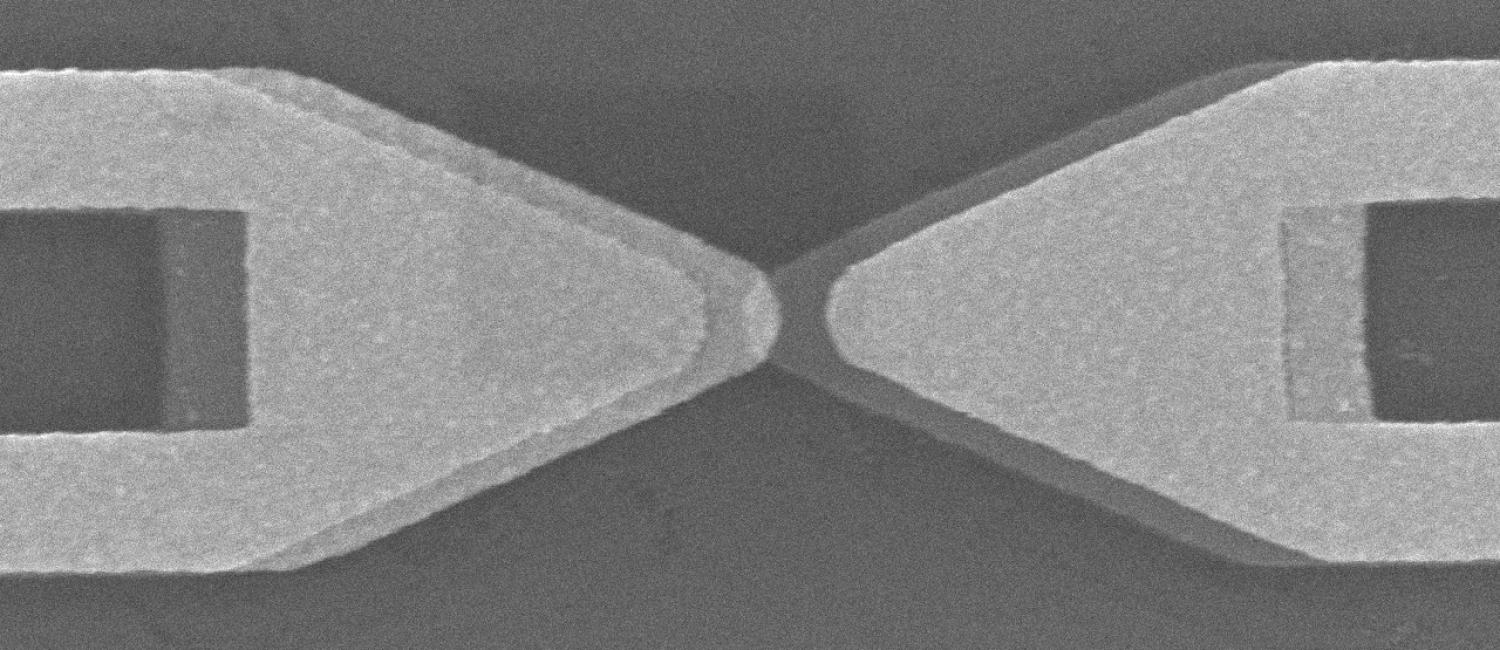Nano-telecommunication devices based on highly sensitive carbon nanotubes (PhD in nano-microelectronics)
Researcher and author: Dr. ( Afshin Rashid)
Note: In nano-telecommunications, the interaction with electronic nanoparticles based on carbon nanotubes The signal produced by the carbon nanotube device is changed following the adsorption of specific single molecules. This is because the adsorbent molecule creates a trap in the carbon nanotube, which conducts it.
This means that there are many carbon nanotube devices based on carbon nanotubes. And they can detect a unique amount of single molecules. The ability to describe single molecules using highly sensitive nanoelectronics is an exciting prospect for sensors, especially for neural applications and biosensors. The use of acoustic signals to identify molecular activity (interaction) or (active orbit) is attractive. In nanocommunication and interaction with electronic nanoparticles based on carbon nanotubes, the sensitivity of signal recognition may be increased through the production of controllable noise. These carbon nanotube-based nanocommunications show that it is possible to identify individual molecules through their unique noise particles in current nanocommunication signals. Improved knowledge of molecular origin and interaction with electronic nanoparticles based on noise carbon nanotubes should lead to the development of electronics that use noise to improve their performance instead of destroying it.
Kinetic inductance per unit length of nanotubes is ten thousand times greater than magnetic inductance per unit length of conventional antennas. Therefore, the wave speed will be 100 times slower than the speed of light. The efficiency of a classic nanotube antenna is -90dB, which will be due to resistance losses. This is while the dimensions of the antenna and the set of nanosystems or nanosensors, operating frequency, power losses, range and dimensions of the sensor network, structure and facilities of the power supply system and the physical communication platform between different parts of a nanosystem, major factors and parameters Each of which is a determinant and determines the ability to build and operate the final system. A network of communication nanoparticles can cover a wider area and perform more network processing . In addition, there are several nanotechnology technologies that They need to use external stimulation and measurement to work. The wireless connection between the nano-network and the micro and macro devices and equipment can meet this need.
Conclusion :
In nano-telecommunications, the interaction with electronic nanoparticles based on carbon nanotubes changes the signal produced by the carbon nanotube device following the adsorption of specific single molecules. This is because the adsorbent molecule creates a trap in the carbon nanotube, which conducts it.
Researcher and author: Dr. ( Afshin Rashid)
PhD in Nano-Microelectronics





